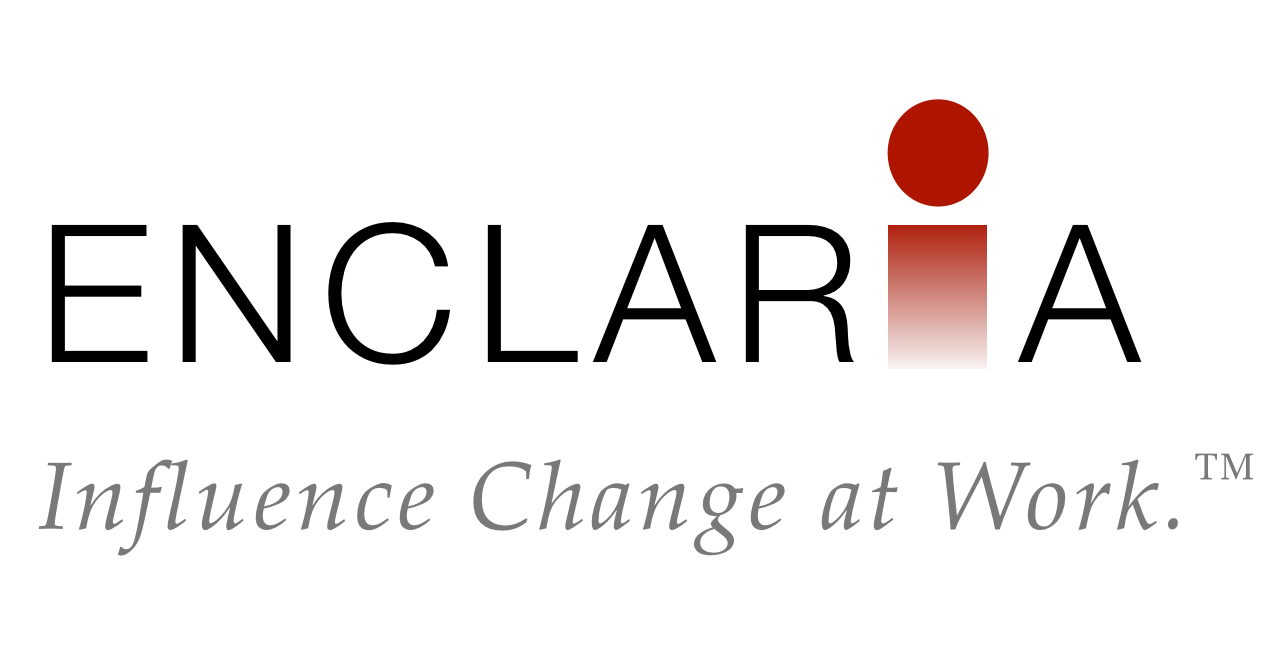When we think of the term “Change Agent,†we typically think the word “agent†means catalyst: a force or substance that causes change. After all, we’re the ones who get things done, right? We instigate change and keep the energy going to see the change come to fruition.
However, there’s an alternate definition of “agent†we should consider when talking about change agents: a representative. Like an insurance agent, a real estate agent, or a secret agent, a change agent is one who is empowered to act on behalf of another.
As a change agent, you represent multiple entities that are often in conflict. The resulting balancing act is one of the core challenges of being a change agent. Consider the following parties you are called upon to represent:
The Leaders
As a change agent, you typically implement change on behalf of leaders in your organization. Leaders set the tone and direction, and hire you with the intention of achieving certain results. As an agent of leaders, you advocate for their goals and work to influence the organization to achieve their vision for the future.
The Employees
At the same time, you represent the employees who are going through the change. Rather than seeing any resistance as an obstruction to squash, you view it as something to understand and address with respect. As an agent of employees, you advocate for points of view that might otherwise not be voiced. Representing multiple employee groups with different concerns and priorities adds layers of complexity to your role as change agent.
The Change
The change agent also represents the change itself. You’re literally the agent of change. Regardless of the other parties’ varying interests, your job is to get it done. Instead of choosing sides between leaders and employees, you advocate for what will achieve the results. After all, even leaders sometimes get in the way of achieving the very results they say they want to get.
The Organization
You are also charged with doing what is best for the organization as a whole. As an agent of the organization, you represent the business, the mission, and the values of the organization at large. Charging forward gung ho in the name of the change, leaders, or employees may be a detriment to the overall health of the organization. Instead, you consider the impact of change on the whole system.
The Profession
For the profession of change management, change agency means we also represent each other. We abide by a code of ethics, and implement good practices to the best of our ability. When practicing our craft, we demonstrate that change is a worthwhile endeavor that doesn’t have to create victims along the way. As an agent of the profession, you advocate for all of us who choose change as a vocation.
As a change agent, you simultaneously represent multiple entities. Advocating for multiple points of view without choosing any one side can be tricky. Pay attention to which you’re representing in any moment, and evaluate where you may be off-balance. Ask yourself how you would act if you were an agent of each of the entities, and what the implication would be. Review the project from multiple perspectives to discover solutions that work for everyone.
